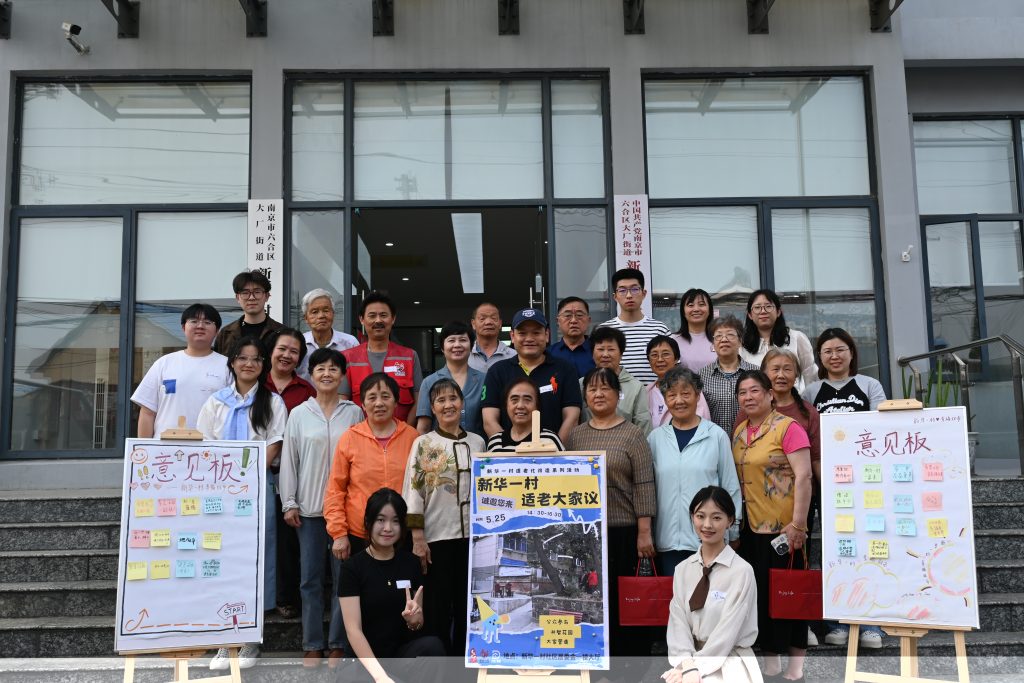When I signed up to lead a community renovation project for senior citizens, I didn’t expect my biggest tool would be… listening. Not spreadsheets, not 3D models—just a folding chair, a notebook, and a lot of nodding.
My team and I collected oral histories from 30 elderly residents in Nanjing, many of them retired factory workers. I thought we were gathering background context. Turns out, we were uncovering an emotional blueprint. They didn’t just want better benches or ramps—they wanted to be seen. To have spaces where their stories could live.

So I got creative. We held a “memory design” session where residents used old factory gears to craft collages of their ideal spaces. The results? Rusty but brilliant. This participatory method—borrowed from historical material culture analysis—boosted elderly proposal rates by 40%. Better yet, it built trust across generations.
We implemented four design ideas, and the residents later launched their own “Memory Docent Team.” I didn’t just witness history—I helped set it in motion.

Turns out, being a historian isn’t just about reading dusty archives. Sometimes it means building a bench where someone can tell you how their bench used to look… and then letting them help design the new one.
